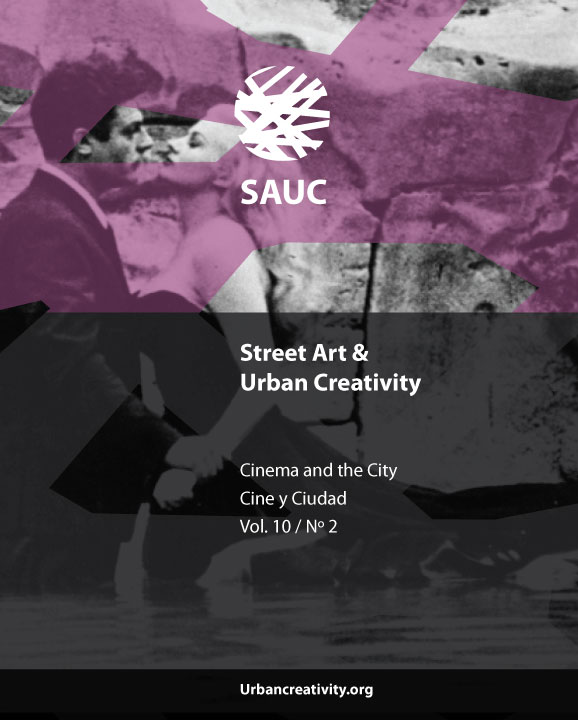Urban Landscapes in Animated TV Serials
TV Fiction Format and Possible World in Arcane (2021–)
DOI:
https://doi.org/10.25765/sauc.v10i2.888Keywords:
Animación, Arcane, escenarios, formato de ficción, mundos posibles, serialAbstract
The first novelty of this article is an analysis of the animated TV show Arcane (2021–) based on fiction format theory from a narrative perspective. On average, each episode of Arcane: takes place over 22 scenes lasting about two minutes each; features around twenty settings, mostly urban; has roughly four plots that unfold with a high level of continuity; features about four main and twelve secondary characters. The format theory is drawn from possible worlds theory, which makes it possible to delve into the narrative and symbolic value of urban landscapes in the series. This is the article’s second contribution: showing how Arcane deals with the clash between the upper city of Piltover and the undercity of Zaun, two worlds defined by their spiritual and operational centres, reflecting different forms of understanding existence, and thus governed by different social orders.
Downloads
Global Statistics ℹ️
|
726
Views
|
968
Downloads
|
|
1694
Total
|
|
Downloads
Published
How to Cite
Issue
Section
License
Those authors who publish in this journal accept the following terms:
-
Authors retain copyright.
-
Authors transfer to the journal the right of first publication. The journal also owns the publishing rights.
-
All published contents are governed by an Attribution-NoDerivatives 4.0 International License.
Access the informative version and legal text of the license. By virtue of this, third parties are allowed to use what is published as long as they mention the authorship of the work and the first publication in this journal. If you transform the material, you may not distribute the modified work. -
Authors may make other independent and additional contractual arrangements for non-exclusive distribution of the version of the article published in this journal (e.g., inclusion in an institutional repository or publication in a book) as long as they clearly indicate that the work was first published in this journal.
- Authors are allowed and recommended to publish their work on the Internet (for example on institutional and personal websites), following the publication of, and referencing the journal, as this could lead to constructive exchanges and a more extensive and quick circulation of published works (see The Effect of Open Access).













